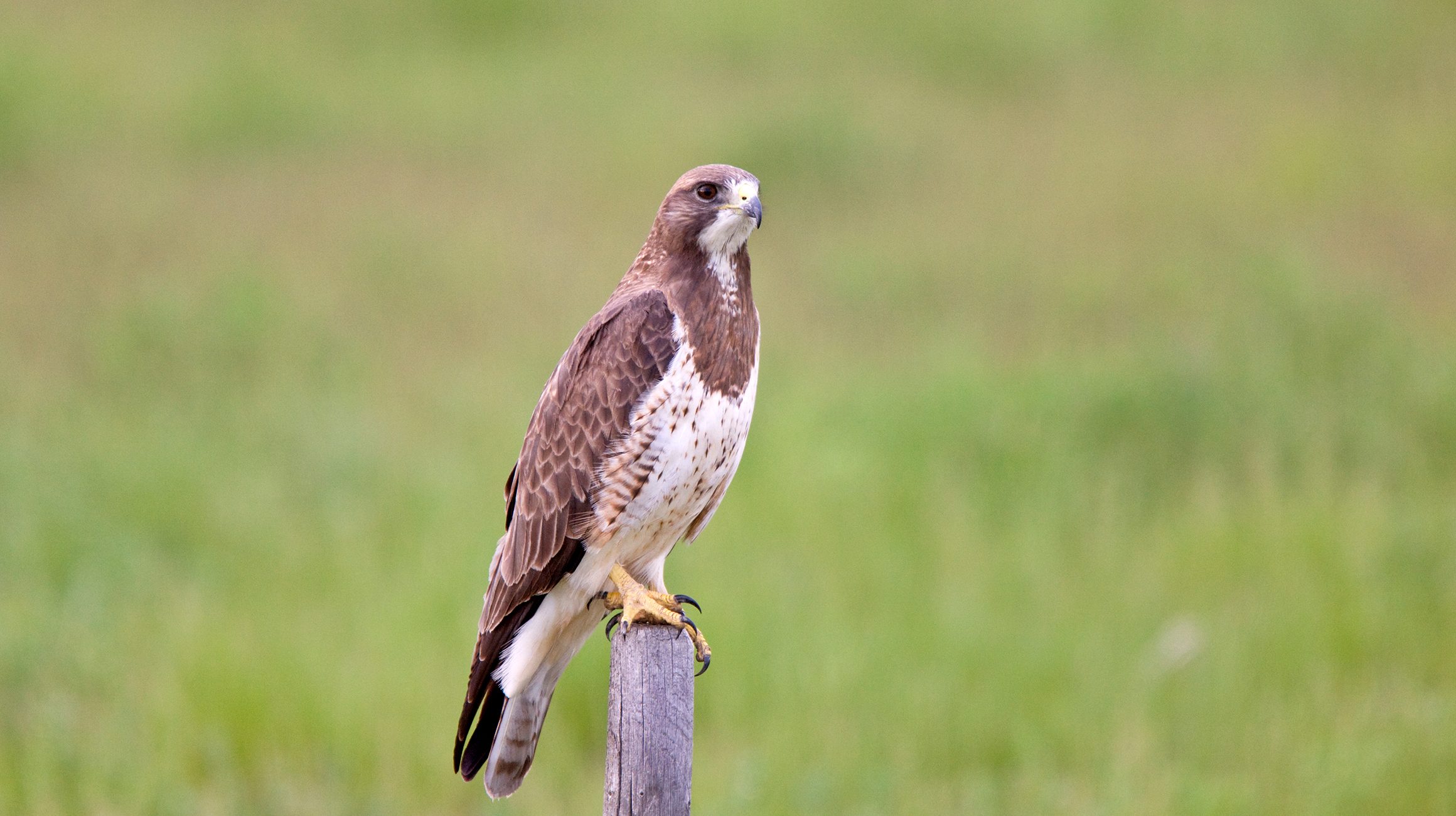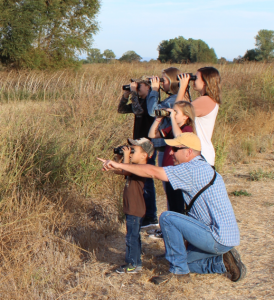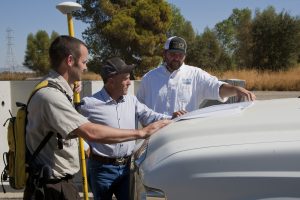The Central Valley Joint Venture (CVJV) incorporated human dimensions information into their implementation plan 1) to increase the effectiveness and efficiency of the conservation strategies described in the plan and 2) to identify human dimensions research needs for the JV to address in the future. To do this, CVJV hired human dimensions researchers Drs. Ashley Dayer & Ron Meyers to develop a human dimensions chapter for their 2016 implementation plan revision (Dayer & Meyers, 2016).
The human dimensions researchers reviewed CVJV guiding documents and met with the CVJV staff and partners to assess where human dimensions insights would most benefit the work of the CVJV. Together, the JV and researchers identified seven priority areas: the human dimensions aspects of working with four key stakeholder groups (hunters, farmers, non-hunting recreationists, and urban residents) and three key issues (ecosystem services, environmental justice, and multiple benefits). The consultants then conducted an extensive literature review to identify and succinctly summarize findings from the existing human dimensions research. They concentrated on literature from the Central Valley and California, but presented regional or national results if applicable.
Research Insights
- A list of research-based recommendations for the Joint Venture based on the literature review were developed in categories related to strategies identified in the implementation plan:
- Communications
- Policy
- Private lands programs
- Objective-setting
- Research needs
- Joint Venture staff and partners then helped prioritize these recommendations, creating a list of the top ~100 recommendations to be considered elsewhere in the plan.
Outcomes
- Based on what was found, the human dimensions consultants provided recommendations that informed the content of other strategy chapters in the implementation plan. With feedback from CVJV staff and partners, they also recommended next steps for human dimensions research to fill important gaps in knowledge, relevant to the work of the CVJV.
- The first-ever human dimensions chapter of an implementation plan was written, including a review of the key lessons learned from the literature in each of the 7 human dimensions priority areas.
This Human Dimensions planning effort is just one such social science effort that the CVJV has supported. Current efforts include integrating human needs into waterfowl habitat objectives. In the waterfowl chapter of the CVJV Implementation Plan update, the CVJV is working to integrate the needs of hunters with the needs of birds. Habitat objectives reflect the amount of different habitat types needed to help maintain the current number of waterfowl hunters in the Central Valley and to encourage the agricultural community’s continued participation in waterfowl conservation.
To learn more about this study, contact Ashley Dayer: dayer@vt.edu or Ruth Ostroff: ruth_ostroff@fws.gov.



